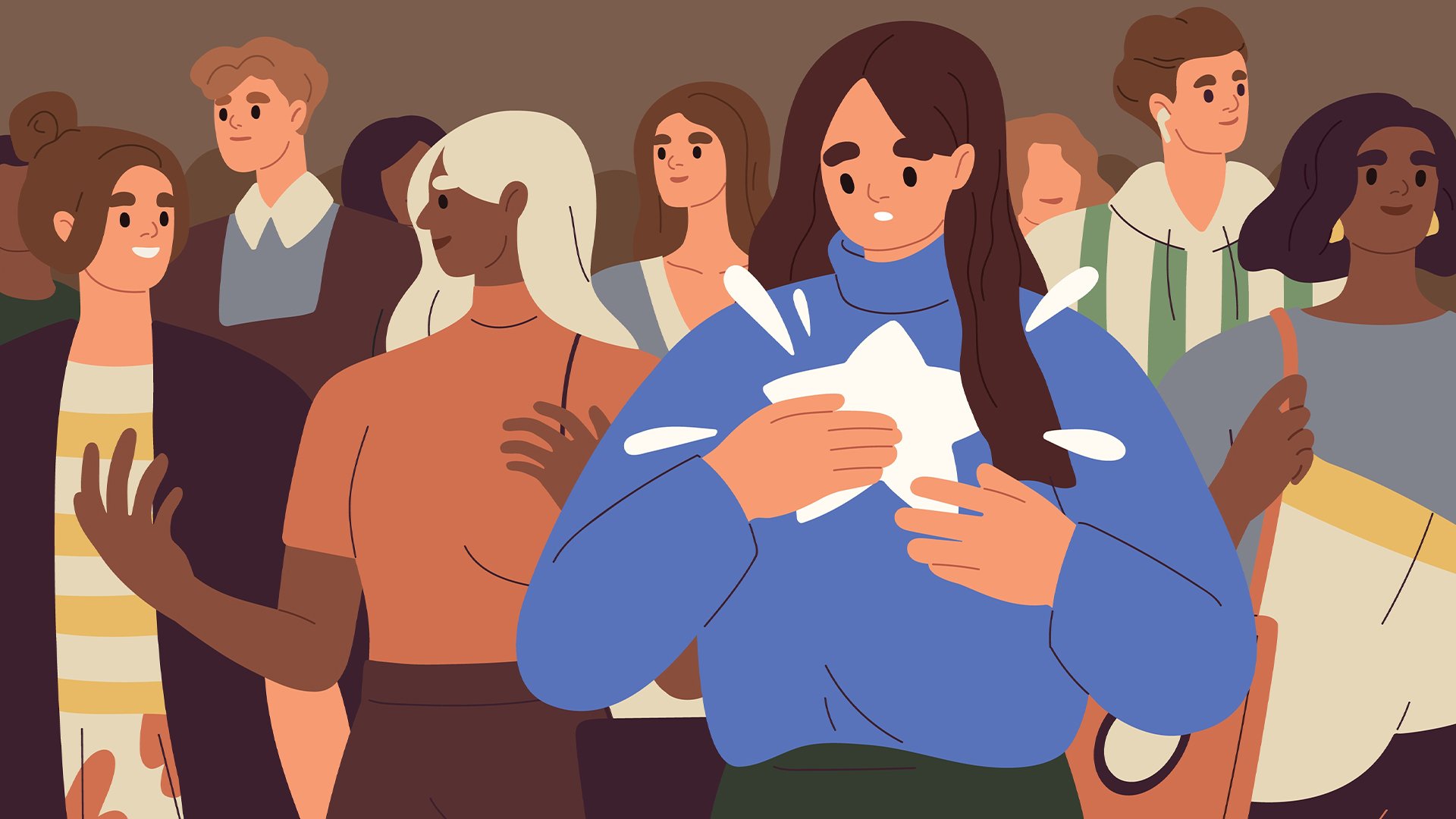
Why do people join organizations? It seems like an innocuous question that should have an easy – if a wide variety – of answers, but regardless of the type of organization, public-for-profit, not-for-profit, governmental and private, there are some fundamental underlying principles that drive individual decisions.
Equity and Rewards
This is the notion that what you get out of the organization is fair for what you put into the organization. If the relationship is employer to employee, a sense of equity develops if you feel you are paid competitively and have benefits that are fair. Pay, sometimes derided as not a motivator of performance, is indeed a strong driver of performance and satisfaction. The argument often goes that if you get people to buy into the mission, or give them recognition, you don’t have to pay them as much. These arguments are usually put forth by those whose jobs are to manage the compensation budgets. In reality pay is a big driver of performance and at lower pay levels, dissatisfaction. In other words when people feel they are not paid fairly they become dissatisfied. Once people feel they are paid fairly for the work they do, pay becomes less of a driver of satisfaction. Equity though goes beyond pay, and will be influenced by giving the person “things” they would not be able to get elsewhere. For instance, people may be willing to accept a lower salary level for long term career-building experiences, the opportunity to work with a person they admire, enhanced job security, flexible working hours, early retirement options, or other specific perceived benefits.
Before COVID-19 made working from home a necessity, for those who were able to work remotely, you would almost always find that remote, work-at-home, or part-time employees were more positive than full-timers in a company facility. The reason is because they were given a position that met their unique employment needs. In other words, the total equity equation felt fair. The exception to this is when the organization treats these groups radically differently than the other “regular” employees, or as “second-class employees”. In other words, sometimes remote or part-timers were considered as “less” than full-time in-the-office staff. This will create a great deal of dissatisfaction among the remote or part-timers. In this case it is as though there are really two different company cultures, one for the remote, part-timers and a separate one for the full-time in-the-office staff. When two cultures exist within one organization, especially when one is viewed as less advantageous than the other it can spell real trouble.
Meaningfulness of the job
Ever notice how certain professions run in families? There are plenty of firefighters, police, accountants, doctors, and lawyers who can trace back across multiple generations their ancestors who worked in the same professions. Simply put, information about the profession, and how to enter it, is shared; sometimes, people have easier access or more opportunities as a result of the connection. But one real motivator is that those professions tend to be described as meaningful and important, or as good jobs within the family.
Additionally, children often look up to their parents and will then strive to emulate them. Most people, however, find their profession by gravitating towards certain types of work they may enjoy, excel at, or feel a calling for. For instance, some go into government or the military as a way to serve to their country, others go into healthcare to serve humanity, others into academia or research to further mankind’s knowledge base. People tend to join organizations that allow them to chase their dreams and to have experiences that fulfill them. People become full of pride in the organization when the mission of the organization, the meaningfulness of what they are doing, what they are accomplishing is held in high regard by themselves and others.
The Brand/Alignment with the Mission
If a brand or the mission is well regarded by an individual or society, it makes joining that organization more attractive. A company might be attractive if it has an outstanding reputation or industry dominating products. A religious organization may be attractive if it aligns with personal belief. A civil rights organization attracts people who are interested in creating just conditions. People join organizations, of all types, when they see it as having an attractive brand. The marines promote their brand as exclusive: “The few, the proud, the marines.” Not everyone can get into this organization, but if you make the cut, you become part of something special. This sense of exclusivity if you join is very intoxicating for many.
There are of course other factors that come into play when an individual decides to join an organization, such as convenience, a sense of future opportunity, or even simply having no other alternatives. Yet there’s one thing that research proves has absolutely no effect: generational differences. People are mostly looking for very similar fundamentals when they voluntarily join an organization regardless of which generation they belong.
If you are an organization seeking to boost attraction to potential employees go through your attractiveness checklist, equity, meaningfulness, mission, brand, and if you score low on any of those take corrective actions.
Author

Jeffrey Saltzman is the CEO of OrgVitality, and an Associated Fellow at the Center for Leadership Studies, School of Management at Binghamton University. He is credited with driving technological improvements now commonly seen in the survey industry, creating a business model focused on scientific rigor and business practicality while aiming for bottom-line results. He is the co-author of Creating the Vital Organization: Balancing Short-Term Profits with Long-Term Success, among other books.






